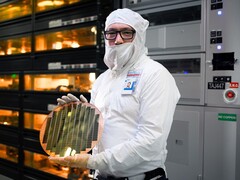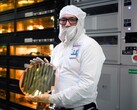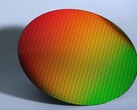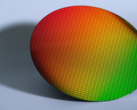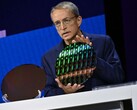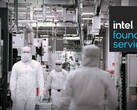UPDATE (2024/12/07 18:51): Former Intel CEO Pat Gelsinger officially commented on the matter via a Tweet. He denies the contents of the Chosun report and says he is "very proud" of the 18A team.
Intel CEO Pat Gelsinger's recent and somewhat untimely resignation sent shockwaves through the industry. While the exact reason is unknown, and probably will be forever, many speculate it has something to do with Intel Foundry. A report from Chosun now sheds light on the yields of Intel's upcoming 18A node, and they're far from optimal.
Some time ago, Reuters learned about Broadcom's disappointment with Intel 18A. The company analyzed an 18A wafer and found it to be less than optimal. Chosun opines its yields were less than 10%, meaning 9 out of every 10 chips were defective. This effectively meant it cannot be used for mass production. Samsung Foundry has had similar woes with its own second-gen 3 nm node, with reported yields of about 20%. It is a bit disappointing as 18A is as bleeding-edge as it gets, complete with features like Ribbon FET and Backside Power Delivery, neither of which are present in TSMC's N3 generation.
That said, Intel has plenty of time to improve 18A yields before it enters mass production in 2025. It will be used for the company's own Clearwater Forest server chips, Panther Lake laptop CPUs, a custom AI product for AWS, military-grade hardware for the United States Department of Defense, and even some Arm reference designs. These projects alone should be enough to keep Intel Foundry afloat for the immediate future, but there's no telling what will happen after that. Intel may, once again, look at TSMC's N2 node for its Nova Lake CPUs instead of its in-house 14A.




